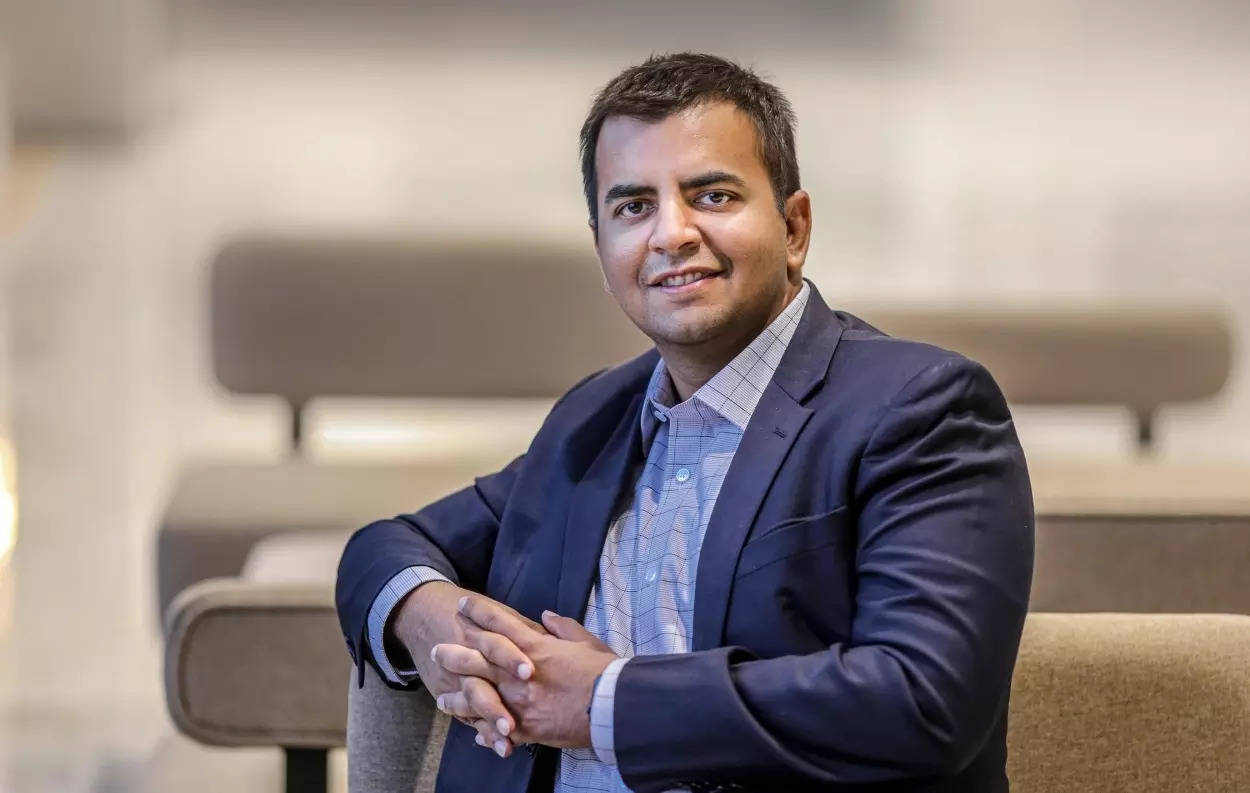
Ola Electric founder and chief executive Bhavish Aggarwal said his company is preparing for a world without incentives and subsidies, as it aggressively pursues its growth plans and scales up investment.
In an interview to ET, Aggarwal said Ola’s electric two-wheeler business, which commenced commercial operations in 2021, is ebitda (earnings before interest, tax, depreciation and amortisation) positive. “We have scaled the fastest, and we have gotten to profitability the fastest,” he said.
Apart from scooters, plans are afoot to launch four to five electric motorcycles starting next fiscal year. An electric car from Ola Electric is scheduled to hit the road later next year. The company is also in the process of scaling up investments in cell manufacturing, to deepen localisation levels, the CEO said.
“At peak capacity, Ola Electric plans to produce 10 million electric two-wheelers, 1 million cars and 100 GwH of batteries,” he said, without specifying a time-frame.
At present, electric models account for 5% of the total domestic two-wheeler market, the segment having nearly tripled in the last two years.
Scooters in Spotlight
Ola Electric has, so far, launched two variants of its e-scooter S1 and clocked sales of 109,369 units in the previous calendar year. Deliveries of the third model, S1 Air, positioned in the mass segment, will start from June-July this year. Average monthly sales for S1 Pro and S1 were in the region of 18,500 units in the first three months of this year.
Ola Electric’s market share in the first two months of this year stood at 27-28%, as per data from VAHAN portal collated by the Federation of Automobile Dealers’ Association. The company has been in the news recently over reports of broken front forks in its scooters and controversy over its decision to ‘upgrade’ rather than recall its product.
Blaming “vested interests” for wanting to derail the company’s growth, Aggarwal said, “We addressed it (the front fork issue) very clearly. No other OEM (original equipment manufacturer) has addressed an issue this transparently.”
“We put out our data,” the Ola founder said. “You could have seen what the number of issues were at the PPM (parts per million) level. Because of the negative narrative that was being created, some of my customers were getting anxious. We did the right thing and proactively announced a free upgrade for all our customers.”
Aggarwal said a mandatory recall takes place in the automotive industry above a certain ‘ceiling’ of failures. “We were 200 times below that ceiling. If you look at recalls of other OEMs, they have happened after years, not in months. This upgrade was offered because we are upgrading the vehicle on a continuous basis. That is the way we do our product development,” he said.
Incentive No Bar
Commenting on reports that the government may not extend demand incentives under its flagship FAME II (Faster Adoption and Manufacturing of Electric Vehicles) scheme – amid allegations that about a dozen electric two-wheeler makers were claiming subsidies without meeting the localisation criteria – Aggarwal said that in his view, the government would take its own call on tapering or stopping incentives with higher adoption.
“We are preparing ourselves for a world without any incentives and subsidies. Any incentives and subsidies are benefits and reinvestment for our growth and scale,” he said. “Because of our strategy around developing technologies inhouse and doing large-scale manufacturing from day 1, (as well as our) different front-end strategy, our sales model works. If FAME was to go, we would not be affected. We have worked out a way to live without the subsidy.”
Ola Electric recently inked a memorandum of understanding with the government of Tamil Nadu to invest Rs 7,614 crore in setting up an EV hub, which will include manufacturing facilities for electric two-wheelers, cars and lithium-ion batteries, along with vendor parks.

















